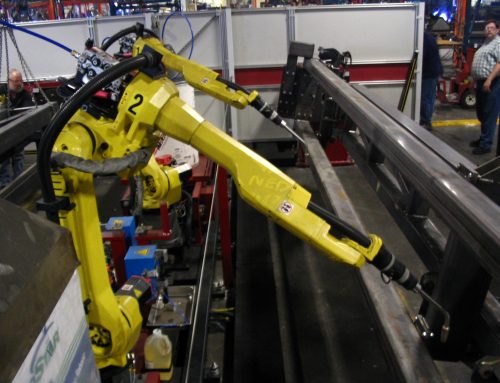In 2008, as the US economy began its historic slide into the Great Recession, one solution to bolster the sagging economy was the Federal Reserve’s quantitative easing (QE) program. Each month, the Fed would purchase bonds such as Treasuries and mortgage-backed securities that banks were eager to dump. The Fed brought this debt onto its own balance sheets, freeing investors to purchase other securities such as stocks that would continue to move money through the financial system. This action was unprecedented in US history and meant to be a temporary fix. As the economy began to warm, speculation grew that the Fed would begin to taper the amount of bonds they bought every month. In the spring of 2013, the Fed announced that it would likely start that process by year end. Markets reacted with volatility, and emerging markets suffered quite a bit. Emerging markets depend greatly on US interest rates, which would rise with the end of QE. In September, markets steeled themselves for the start of tapering, but were surprised as the Fed again delayed ending the program. Finally in December 2013, the Fed announced that tapering would begin. Coupled with the news that Janet Yellen would replace Ben Bernanke as Fed chair, it was a bit surprising that the markets seemed to take it in stride after so much turmoil over the course of the previous year.
The Fed continued to taper in January, and again in April of 2014, reducing purchases by $10 billion each time. Some investors are concerned that unwinding this program will have significant ill effects for the economy and the market. Jeremy Grantham, co-founder of GMO, is negative on the outcome:
“There’s no proof on the other side, that the economy is any stronger from quantitative easing. There’s some indication that the crash would have been worse and the downturn would have been sharper had the Fed not stepped in, but by now the depths of that recession would have been forgotten, the system would have been healthier, and we would have regained our growth.”
Some shrug it off as having little effect, believing that QE is not a major driving force in the economy. Others feel that the moderate economic recovery and strong equity markets make this a good time to begin unwinding, particularly while inflation is low. As the Fed continues along the tapering path, interest rates will rise as a matter of course. Jamie Dimon, CEO of JPMorgan Chase, predicts that the 10-year Treasury bond will rise to 5%, double its current rate. However, he does not see this as a danger to an economy that is growing or a concern to companies that have enough cash to absorb the rise in borrowing rates.
While there doesn’t seem to be a great deal of consensus on the success of the QE program and the process of ending it, the markets appear to be taking the process in stride. We are in unprecedented territory here, which likely caused some of the market anxiety last year. Speculation on what will happen certainly runs the gamut from the good, the bad, and the lukewarm, but ultimately, it remains to be seen what will happen over the next year or so. The equity markets are due for a correction and if there is one, it isn’t necessarily because of Fed tapering. Tepid employment and softening home prices are better indicators of where the economy is headed. Capital markets react quickly to news, reports, and analysis. We hope, in this unparalleled move, that the doves are right.






